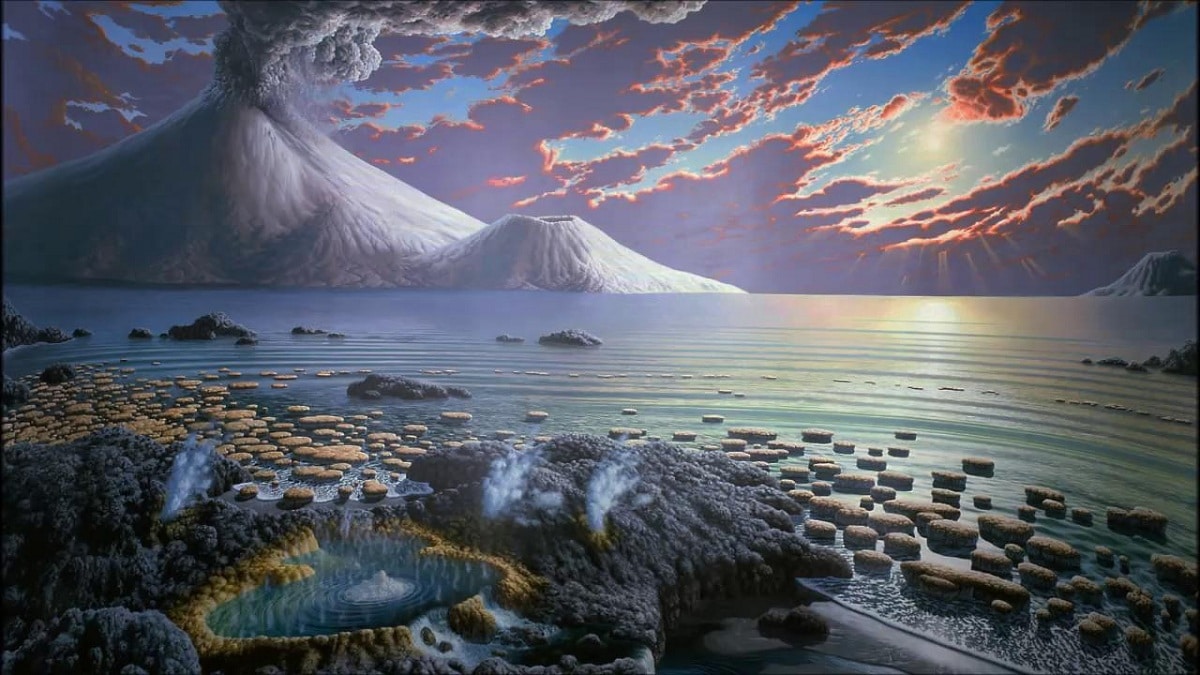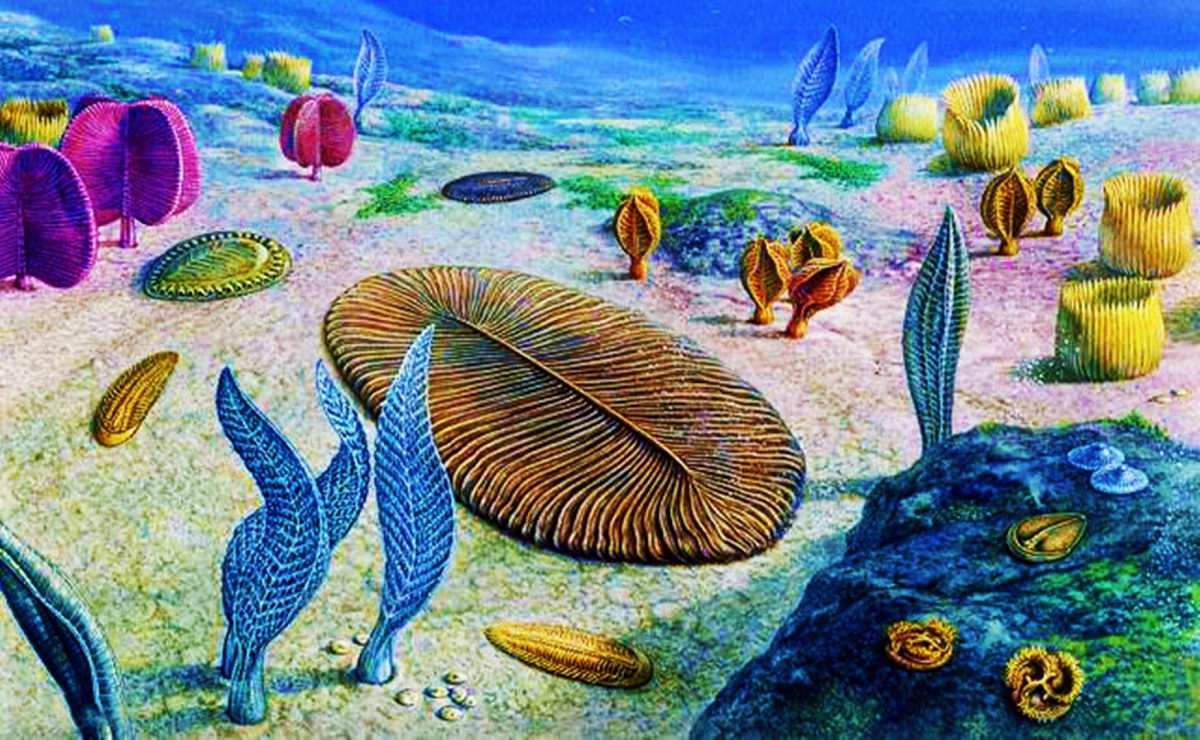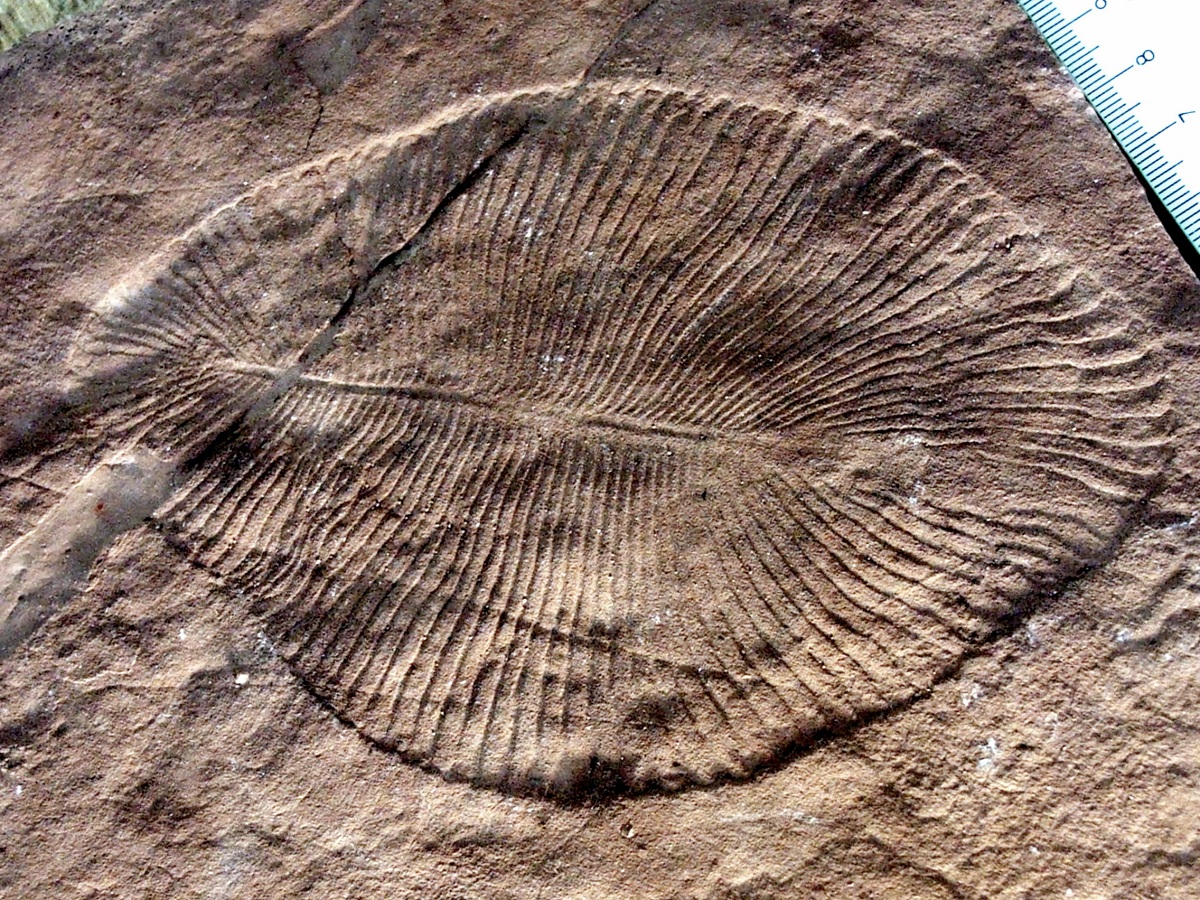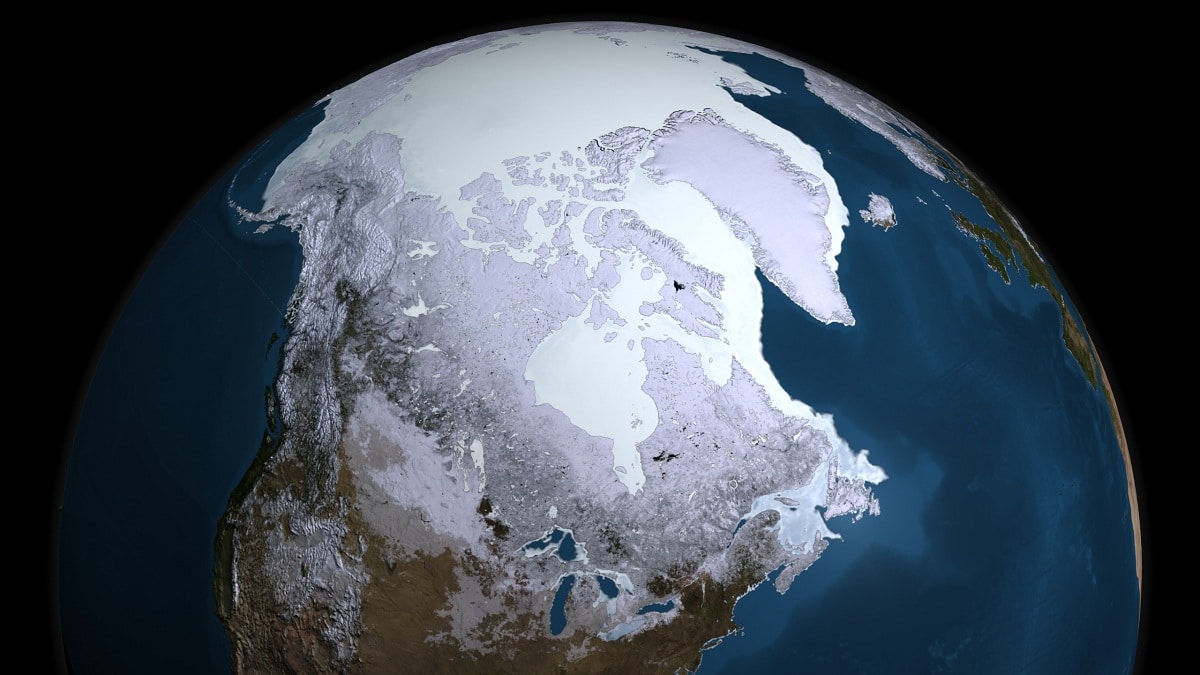
One of the scales of geological time that make up the Precambrian is Proterozoic. It is an Aeon that began approximately 2500 billion years ago and lasted until 542 million years ago. During this period of time there were great transcendental changes on planet Earth, among which we list the appearance of the first photosynthetic organisms and the increase in oxygen in the atmosphere. That is, during this Eon our planet convected a habitable place.
In this article we are going to tell you all the characteristics, geology, climate, flora and fauna of the Proterozoic Eon.
Key features

Among the main characteristics that predominate in the Proterozoic we find the presence of cratons on our planet. These cratons are nothing more than nuclei where the continents were located. That is, cratons were the first structures from which continental shelves could be created and formed. These cratons are made up of archaic rocks. The antiquity these rocks range from 570 million years to 3.5 giga years.
The main characteristic that cratons have is that they do not suffer any type of formation fracture over the years. These are the most stable areas of the entire earth's crust. We can also see that during the Proterozoic stromatolites appeared. They are structures formed by microorganisms and precipitated calcium carbonate. These stromatolites have been studied by scientists for a long time and it has been discovered that they not only have cyanobacteria but there are also organisms such as fungi, insects, red algae, etc.
These stromatolites form geological records of great importance for the study of life on the planet. Another characteristic for which the Proterozoic stood out is the increase in the concentration of oxygen in the atmosphere. Thanks to this increase in oxygen in the atmosphere, a great biological activity can take place. Atmospheric oxygen did not reach a significant level but continues to help improve the diversification of organisms.
There was a great event or one of great importance and significance that includes a series of events related to this increase in atmospheric oxygen. And it is that the amount of oxygen exceeded the maximum amount that the chemical reactions were capable of absorbing. Anaerobic organisms were directly affected and their populations began to decline. These organisms were called methanogens, since their main source of food was methane. This disappearance of methane had consequences at the climatic level that caused the global temperature to drop considerably.
Proterozoic Geology

There is little information about this Eon, but it is known that the primary changes were at the level of plate tectonics. At that time our planet rotated much faster on its axis than it is today. This made a day on Earth only 20 hours long. On the contrary, the translational movement had a slower speed than at present. Thus, a full year was 450 days.
Great information has been obtained from rocks from the Proterozoic. These rocks have been deformed by the effect of erosion, although others could be rescued without hardly being altered.
Flora and fauna of the Proterozoic

During this period of time is where the first forms of organic life began to develop somewhat more after their appearance during the Archaic. It was thanks to the transformation that happened in the atmosphere that living things were able to diversify and spread through the territory. The ecosystems themselves began to be created and the flora and fauna of each ecosystem developed. This is due to the genetic adaptation that will be when an animal or plant has to adapt to various environmental conditions.
Prokaryotic organisms began to develop during the Archaic, but they developed further during the Proterozoic. Among these prokaryotic organisms we find the green algae known as cyanobacteria and the general bacteria themselves.
During the passage of time of this Eon we can see that the first eukaryotic organisms appeared that already have a defined nucleus. The first green algae of the class of Chlorophytas and red algae belonging to the class of Rodhophytas were the first to appear. Both classes of algae are multicellular and photosynthetic. By carrying out photosynthesis, they contributed to the expulsion of oxygen into the atmosphere.
It is important to note that all living things that inhabited during the Proterozoic Eon they did it in aquatic environments. And it is that the ocean is where the minimum conditions that were necessary to survive were found.
Regarding the fauna, we can say that during this period of time some organisms that today are considered little evolved were found, such as sponges. It has been possible to recover fossils of animals that belong to a wide group in which they are jellyfish, corals, polyps and anemones. The main characteristic of these groups of animals is that they have radial symmetry.
Surely you have ever heard of the Ediacara fauna. This is a discovery of fossil deposits that represented the first known living beings on this planet. Fossils of sponges and anemones as well as other species were observed that still baffle paleontologists.
Climate

At the beginning of the Proterozoic the climate was quite stable. The atmosphere targets a large quantity of greenhouse gases, of which methane gas stands out. However, after the development of cyanobacteria and the production of photosynthetic organisms, they caused a massive release of atmospheric oxygen. This caused the reduction of methane gas from the atmosphere by the death of anaerobic organisms. To reduce the amount of greenhouse gases in the atmosphere, less amount of solar radiation was retained, so global temperatures decreased.
During the Proterozoic there were several glaciations. The most devastating was the Huronian ice age. This glaciation occurred 2.000 million years ago and resulted in the disappearance of the anaerobic living beings that existed at that time.
The Proterozoic Aeon is mainly divided into 3 eras: It was Paleoproterozoic, it was Mesoproterozoic, and it was Neoproterozoic.
I hope that with this information you can learn more about the Proterozoic.